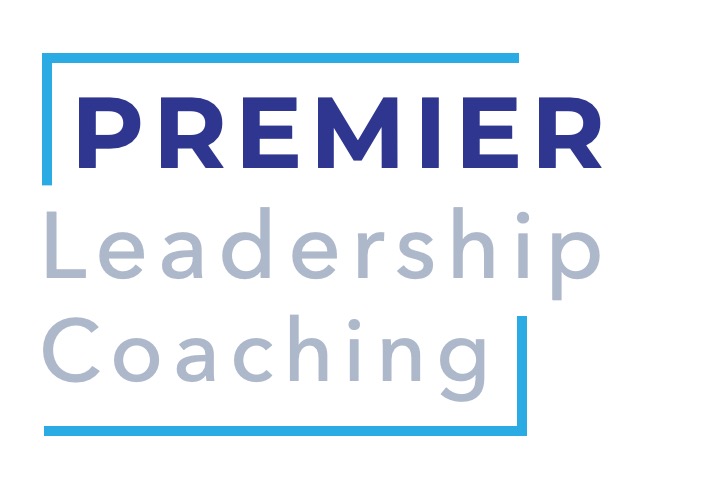Remember those competencies (if you don’t like the word competency sub in skill or behavior here instead) that I mentioned a couple of weeks ago? You know the ones. Those that distinguish high achievers, people in leadership positions, and highly-successful people from the masses? Adaptability was the first one we explored. Now it is optimism’s turn at bat. To jump ahead for an exercise you can use to build your optimism, click here.
There are various definitions of optimism, but for our purposes it is the ability to view yourself, others, and the world in the best light reasonably possible. Master optimists do not accept their negative beliefs and interpretations as fact, but rather examine their beliefs and test them for accuracy. Instead of pronouncing, “We blew the deadline. We’re screwed,” optimists counter with, “Looks like we may have blown the deadline. Are we screwed?” This may seem like semantics, but don’t be fooled. This minor wording and punctuation tweak counts for a lot. In fact, it is what allows optimists to persevere in the face of adversity and incentivizes them to fight to overcome obstacles and setbacks. Where pessimists respond to “we are screwed” with a “what’s the point” followed by a throwing in of the towel, optimists face “are we screwed” by looking for alternatives and uncovering ways to obtain their goals anyway.
If you are not an optimist by nature, it is of no consequence. Optimism, like all of the other competencies we are putting under the microscope here, can be learned. To all my pessimist friends who right about now are shaking their heads and mumbling, “No, it can’t be,” I say, “You are mistaken.” I know from personal experience that optimism is teachable.
I bet you are dying to hear all about it! So, here we go. As I mentioned in my last post, I recently read the book the Optimistic Child by Dr. Martin P. Seligman. While I initially was interested in this book as a mother of three young children, to my surprise the value I gained from it was as an executive coach. In his work, Dr. Seligman very helpfully shares many practical exercises which one can employ to boost his capacity for optimism. And, because I am invested in your success and happiness, I am going to summarize the most powerful exercise here (you can thank me later!). This exercise has the following three parts:
Permanence: Unlike pessimists who believe bad events are permanent, optimists think otherwise. They believe that bad events are temporary. The next time something bad happens to you (you aren’t hired by a client, you are passed over for a promotion, you make a mistake on a project) be sure to think about it in “sometimes” terms. Specifically, think “I dropped the ball today” instead of “I always drop the ball.”
Pervasiveness: Optimists attribute specific reasons not general ones when bad things happen. They think, “The potential client did not hire me because we did not connect.” Pessimists, on the other hand, imagine, “I did not get hired because I stink at sales.” The next time adversity comes your way, examine your explanation. Are you in specific or general mode?
Personal: When things don’t go their way, pessimists take it personally whereas optimists do not. When Plan A fails an optimist might think, “Sure, things did not go smoothly, but given the situation, that could have happened to anyone.” Alternatively, a pessimist will assume all of the blame with an “I do not have what it takes to pull this off.” The next time things go wrong, ask yourself whether the entire portion of the blame really lies with you. By all means, hold yourself accountable for a reasonable portion, but do not assume more than your share. You may be less important than you think!
Study upon study reveals that by thinking in this manner, optimists achieve more professionally than their pessimistic counterparts. In the spirit of greater achievement, I dare you to take my “Optimism Challenge.” Interested? Here’s how it goes. First, rate your optimism level on a scale from one to seven (with seven being the highest). Ask someone who knows you well to rate your optimism level for you, too. Second, consistently apply Dr. Seligman’s techniques (as summarized by me here) for a minimum of one week. Third, rate your optimism level on a scale from one to seven (with seven being the highest). Ask someone who knows you well to rate your optimism level for you, too. Finally, see how the numbers compare. The optimist in me knows you are going to kill it.
